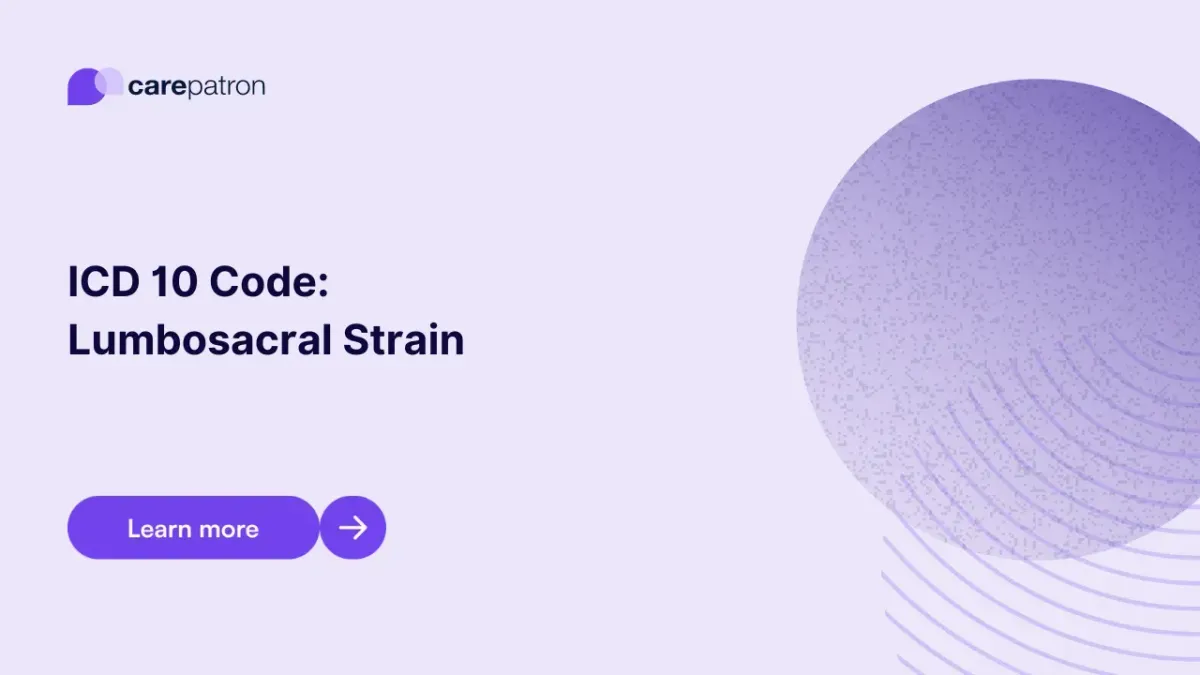
Lumbosacral Strain ICD-10-CM Codes
Get accurate ICD-10 codes for lumbosacral strain with essential billing and clinical insights.
Use Code
Commonly asked questions
You can use a lumbosacral strain ICD code when the patient is experiencing the symptom, and you have identified whether it’s an initial encounter, subsequent encounter, or sequela.
Yes, lumbosacral strain diagnosis codes are billable, particular ones.
Common treatments include medication, therapy, and rest, all of which help the patient manage and treat their pain.
EHR and practice management software
Get started for free
*No credit card required
Free
$0/usd
Unlimited clients
Telehealth
1GB of storage
Client portal text
Automated billing and online payments
